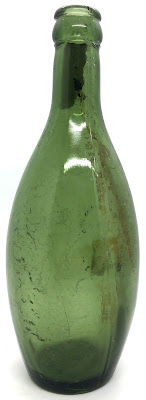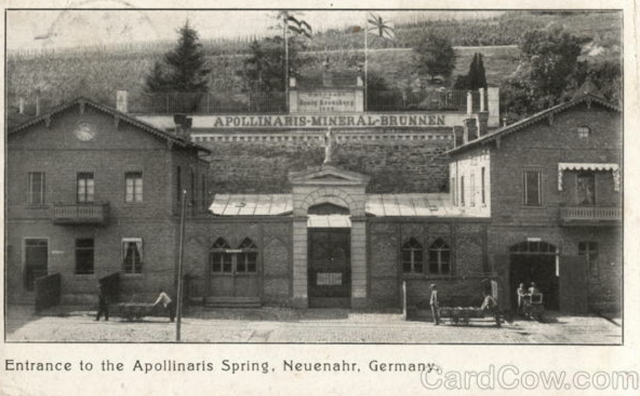Recipes from the summer of '35

With the economy going the way it is, I thought looking back at some Depression Era recipes might help people save some money and maybe think about eating in a different way. It may also cause a laugh or two - which we can all use. So here are some examples from The Daily Province in Vancouver, British Columbia, printed 25 July. The weekly menu was suggested here: Just looking at the menu shows us how different things are now. This was meant for a housekeeper (whether a domestic goddess or hired staff). Here is one of the main dish recipes (Monday Supper) that we all might have the ingredients for: Scalloped Tuna Fish and Potatoes.





